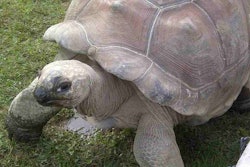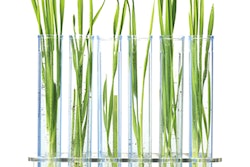 Butterfly Milkweed (Asclepias tuberosa). Found throughout the East and Midwest, the brilliant orange of this species attracts butterflies, including the milkweed-dependent caterpillar of the monarch butterfly. Its clumped growth habit and vivid blooms make this species a logical choice for stunning ornamental plantings as well as prairie restorations of any scale.
Butterfly Milkweed (Asclepias tuberosa). Found throughout the East and Midwest, the brilliant orange of this species attracts butterflies, including the milkweed-dependent caterpillar of the monarch butterfly. Its clumped growth habit and vivid blooms make this species a logical choice for stunning ornamental plantings as well as prairie restorations of any scale.These drought-tested natives are resilient and colorful.
Times of drought are stressful. Crops shrivel in the field. Lawns turn crispy and brown. Lake levels plummet.
Prairie plants, on the other hand, continue to grown, bloom, and set seed. These species evolved to persist, even thrive, through times of drought. These perennials are in it for the long haul, putting most of their growing effort underground in their root mass, enabling them to produce dazzling displays of color above ground. Although usually associated with the historical prairie mid-section of the nation, prairie plants occur in most states.
This ability to persist in the face of harsh growing conditions, combined with their showy blossoms and plant forms, have long made prairie species favorites of restoration ecologists and restoration nurseries for native landscaping applications.
Seeing is believing
The drought of 2012 provided a particular test of resiliency for native plantings. At the ecological consulting firm and restoration nurseries of Applied Ecological Services, special attention was paid to how native species in restoration projects performed, in spite of extreme heat and aridity.
Some did better than others, of course, but the best of these hardy native perennials can be used in any high visibility location.
• A mixed native prairie can replace mowed lawn, even acres of mowed lawn.
• Consider replacing exotic ornamentals around a building with showy natives.
• Wetland species can be used in green storm water management systems.
• Drought-resistant species are especially valuable as road and trail buffers which typically have drier conditions than most areas.
The winners are
From AES’ first-hand experience comes the following winners. The selection criteria: (1) drought resiliency, (2) attractive plant form and blossoms, (3) nursery propagation and seed sources, and (4) broad distribution.
It is best to use seed and plant sources from your local or regional area. These plants are more likely to be adapted to the growing conditions of your climate and thus increase chances for success.
NATIVE PERENNIALS
| Little Bluestem (Schizachyrium scoparium). This attractive grass is one of the most widely distributed prairie species in the United States. It can grow on a wide variety of soil types, including sandy, infertile soils. Because of the latter trait, it is often used for erosion control. In late summer and fall this species comes into its own as a glowing bronze ornamental with rusty leaves and fluffy white seeds. | 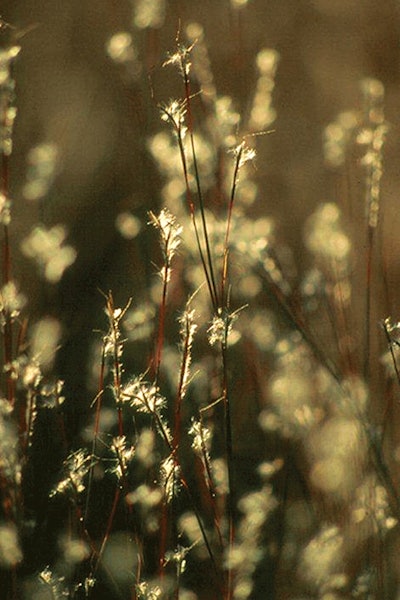 |
| Purple Poppymallow (Callirhoe involucrata). With magenta cup-shaped blossoms springing from a low mound of vibrant green foliage, this species is an asset in formal garden settings as well as wild, naturalized areas. Its long taproot gives it excellent drought tolerance and, a final plus, flowering continues from spring to early fall. | 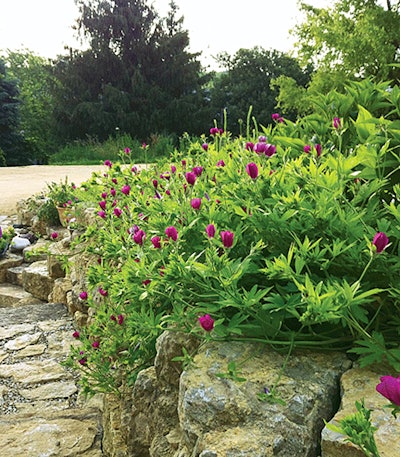 |
| Wild Bergamot (Monarda fistulosa). The delicate pink or lavender blooms of wild bergamot are magnets to hummingbirds, butterflies, and native bumblebees. The species is widespread throughout the U.S., making it easier to find local propagule sources. It makes a particularly attractive roadside planting in late summer. | 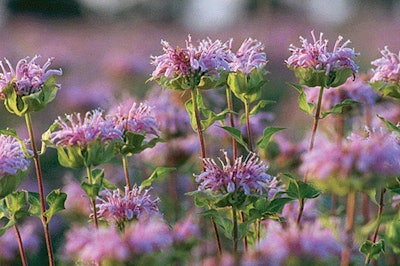 |
| Yellow Coneflower (Ratibida pinnata). A member of the daisy family, its blossoms add splashes of yellow to native plantings in the East and Midwest. The “cone” in the name refers to the dark brown center, which will contain seeds sought by songbirds in the fall. | 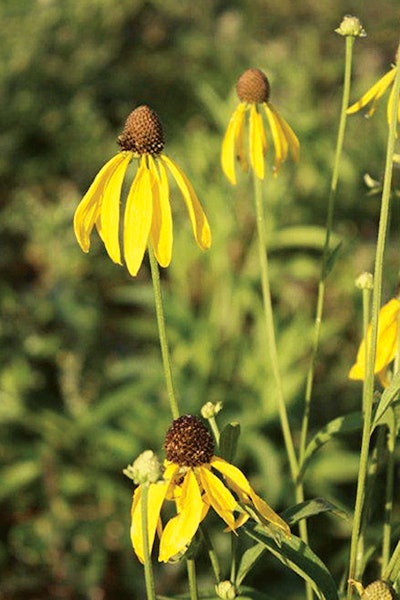 |
| Great Blue Lobelia (Lobelia siphilitica). In times of drought, even wetland plants need drought resiliency—great blue lobelia has it. The wet meadow species grows best in damp locations making it a good choice for wetland restorations, rain gardens, and green stormwater management systems. It is also quite shade tolerant and grows well in wet woods, even when the woods dry out in drought. Wherever it is used, its deep blue spikes provide a visual treat. | 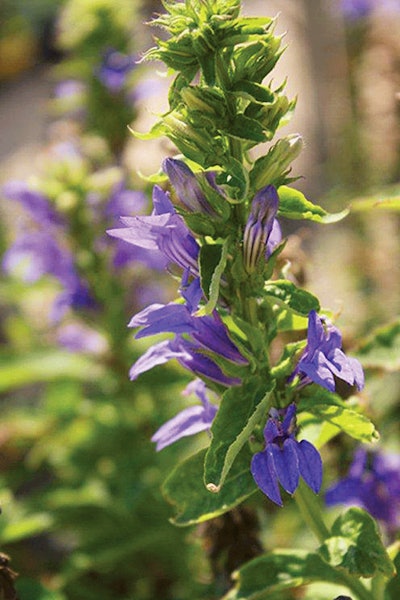 |
Selected Drought-resilient Native Plant Species
 Compassplant
Compassplant(Silphium laciniatum)
 Spotted Joe-pye weed
Spotted Joe-pye weed(Eupatoriadelphus maculatus)
 Stiff Goldenrod
Stiff Goldenrod(Oligoneuron rigidum)
 Switchgrass
Switchgrass(Panicum virgatum)
~~By Corrine Daniels
For more information contact Corrine Daniels, Director, Restoration Nurseries, Applied Ecological Services, Brodhead, Wisconsin

